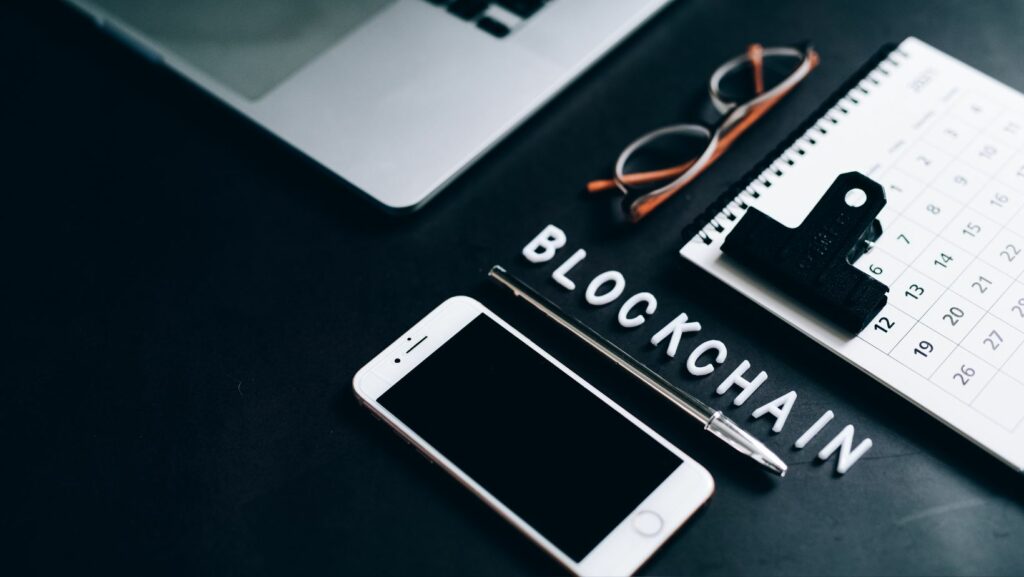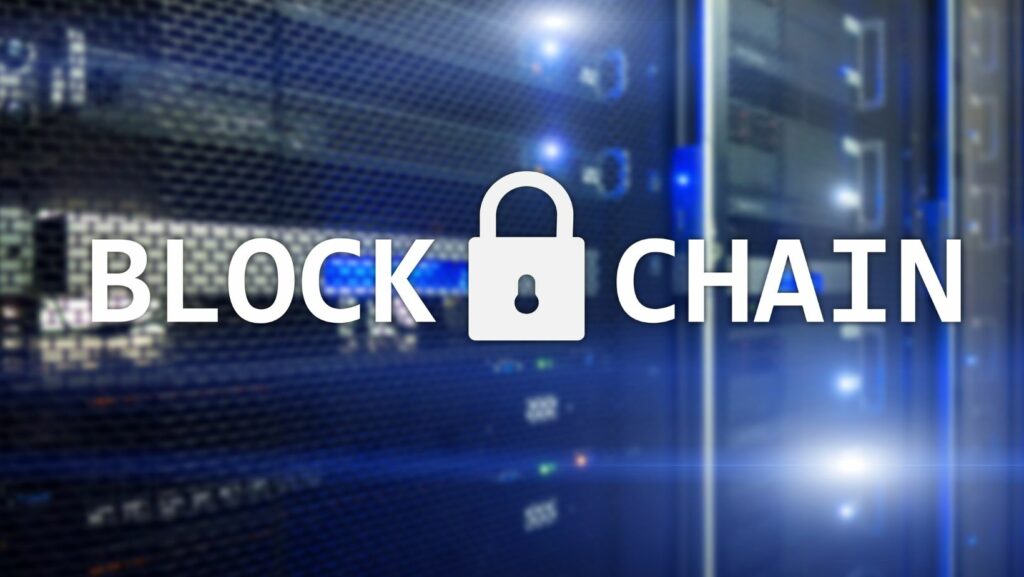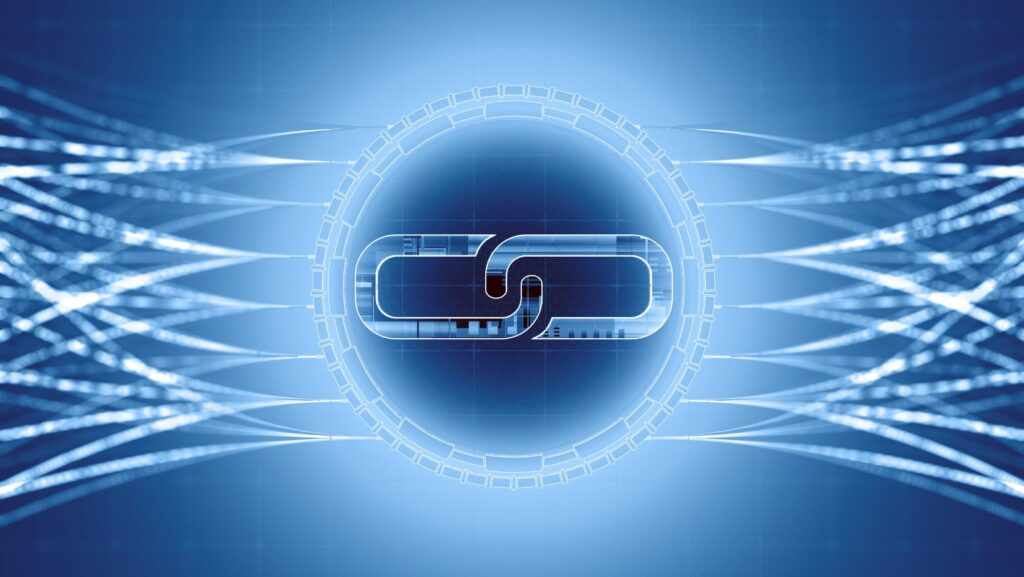Navigating the world of cryptocurrency can be daunting, especially when it comes to managing digital assets securely. A blockchain wallet login serves as the first line of defense, ensuring that only authorized users can access their cryptocurrencies. Understanding how to effectively use this tool is crucial for anyone looking to engage with the digital economy.
Blockchain wallets provide a user-friendly interface to interact with various cryptocurrencies. By securing a wallet with a robust login mechanism, users can safeguard their investments from unauthorized access and potential cyber threats. This introduction to blockchain wallet logins will explore the essential features and security measures that every user should know to protect their digital assets.
Blockchain Wallet Login
A Blockchain wallet provides a secure method for users to store, manage, 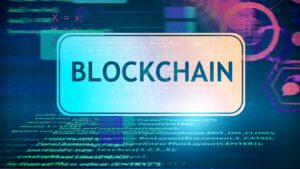 and transact their digital currencies like Bitcoin and Ethereum. It operates as an online software program that helps individuals engage securely with the blockchain network. Users gain access through a specific combination of private and public cryptographic keys, which ensures secure transactions and access control. These keys form the basis of ownership and security in the cryptographic environment. Engaging effectively with a blockchain wallet enables users to exercise full control over their digital assets without relying on traditional banking systems or intermediaries. For those looking to swap crypto, understanding and utilizing a blockchain wallet is crucial to protect their digital investments. It’s essential for anyone involved in trading or investing in cryptocurrencies to comprehend and utilize their blockchain wallet to protect their digital investments.
and transact their digital currencies like Bitcoin and Ethereum. It operates as an online software program that helps individuals engage securely with the blockchain network. Users gain access through a specific combination of private and public cryptographic keys, which ensures secure transactions and access control. These keys form the basis of ownership and security in the cryptographic environment. Engaging effectively with a blockchain wallet enables users to exercise full control over their digital assets without relying on traditional banking systems or intermediaries. For those looking to swap crypto, understanding and utilizing a blockchain wallet is crucial to protect their digital investments. It’s essential for anyone involved in trading or investing in cryptocurrencies to comprehend and utilize their blockchain wallet to protect their digital investments.
How Does the Login Process Work?
The blockchain wallet login process starts when a user inputs their unique credentials, which often include a username or wallet ID and a password. Next, by providing a private key or seed phrase, the user gains access to their wallet if the entered credentials are correct. These steps, combined with two-factor authentication (2FA), enhance security by verifying the user’s identity through two different methods. For instance, a user might receive a verification code on their mobile device or email, which they must enter on the login page to proceed. Throughout this process, robust encryption techniques safeguard the transmission of sensitive information, ensuring that only the legitimate wallet owner can access their digital assets. This secure system prevents unauthorized access and is integral to maintaining the security and integrity of cryptocurrency transactions.
Common Issues With Blockchain Wallet Login
 Blockchain wallet users often encounter several common issues during the login process. Despite the robust security mechanisms detailed earlier, problems such as forgotten passwords, lost access to two-factor authentication devices, and unrecognized devices or IPs requiring additional verification can hinder the login process. Troubleshooting steps include resetting passwords using seed phrases, restoring access to two-factor authentication through backup codes, and verifying identities through secondary email or phone verification if an unusual login attempt is detected. These measures ensure users regain access and maintain the integrity of their digital assets. However, consistent updates and careful management of login credentials remain pivotal in minimizing login problems.
Blockchain wallet users often encounter several common issues during the login process. Despite the robust security mechanisms detailed earlier, problems such as forgotten passwords, lost access to two-factor authentication devices, and unrecognized devices or IPs requiring additional verification can hinder the login process. Troubleshooting steps include resetting passwords using seed phrases, restoring access to two-factor authentication through backup codes, and verifying identities through secondary email or phone verification if an unusual login attempt is detected. These measures ensure users regain access and maintain the integrity of their digital assets. However, consistent updates and careful management of login credentials remain pivotal in minimizing login problems.
Security Measures for Safeguarding Your Blockchain Wallet
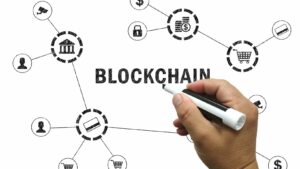 Ensuring the safety of blockchain wallets requires robust security measures. Users must implement multi-factor authentication (MFA) to add an extra layer of security beyond just the password. MFA involves confirming the login attempt with more than one piece of evidence, such as a text message code or app notification. Encrypting the wallet with a strong, unique password is another critical step users must take to protect their digital assets from unauthorized access. Regularly updating software provides another layer of security, addressing potential vulnerabilities that could be exploited by hackers. Finally, users should regularly back up their wallet keys. This step ensures that they can recover their funds if device failure, theft, or other technical issues occur.
Ensuring the safety of blockchain wallets requires robust security measures. Users must implement multi-factor authentication (MFA) to add an extra layer of security beyond just the password. MFA involves confirming the login attempt with more than one piece of evidence, such as a text message code or app notification. Encrypting the wallet with a strong, unique password is another critical step users must take to protect their digital assets from unauthorized access. Regularly updating software provides another layer of security, addressing potential vulnerabilities that could be exploited by hackers. Finally, users should regularly back up their wallet keys. This step ensures that they can recover their funds if device failure, theft, or other technical issues occur.
Future of Blockchain Wallet Security
Blockchain wallet security is evolving rapidly to meet the demands of a growing digital asset market. Users must stay informed about the latest security practices to protect their investments. By implementing robust security measures like multi-factor authentication and regular software updates users can significantly reduce the risks associated with digital asset management. As the technology advances the future looks promising for enhancing the security and usability of blockchain wallets ensuring users can trade and invest with confidence.

